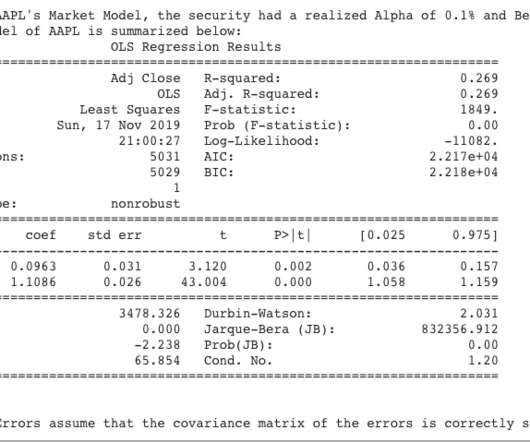Regulatory uncertainty overshadows gen AI despite pace of adoption
CIO Business Intelligence
AUGUST 24, 2023
Gen AI has the potential to magnify existing risks around data privacy laws that govern how sensitive data is collected, used, shared, and stored. We’re getting bombarded with questions and inquiries from clients and potential clients about the risks of AI.” The risk is too high.” Not without warning signs, however.



























Let's personalize your content